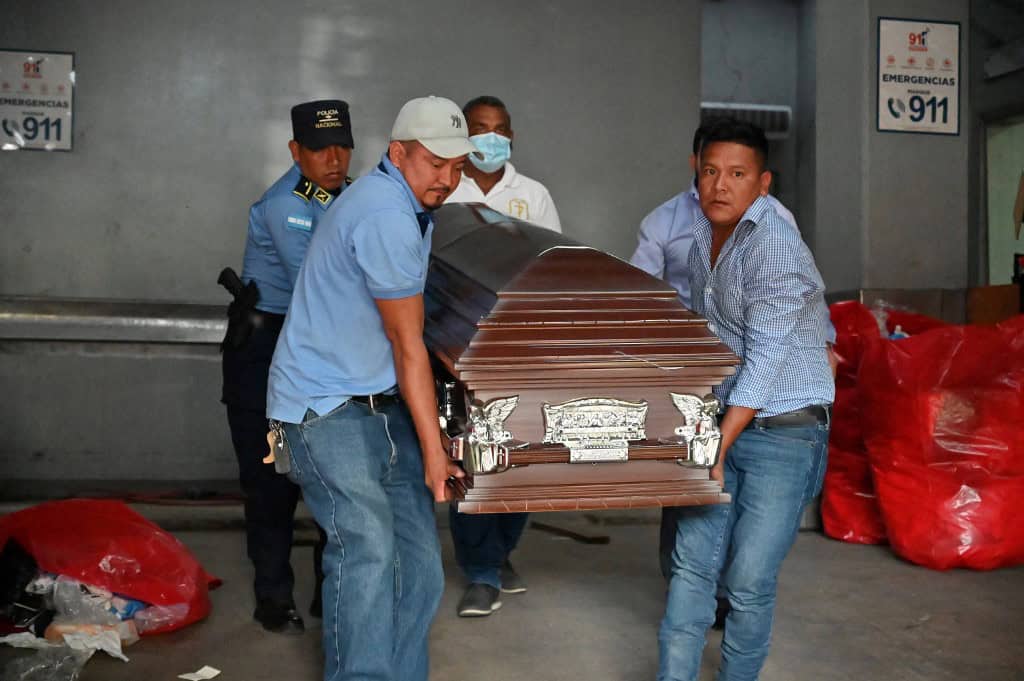Francisco Martínez Domínguez, the mayor of San Isidro, a small municipality in Honduras, was brutally killed in Siguatepeque, about 90 km north of Tegucigalpa. The 45-year-old was seeking re-election under the opposition National Party in the upcoming November 30 elections. His death has shocked the community and raised questions about violence in Honduras, though police have ruled out political motives.
According to police reports, Martínez was taken from a motel in Siguatepeque’s Zaragoza neighborhood by hooded, armed men. He had arrived in the city with a bodyguard but dismissed him after picking up a woman, with whom he entered the motel. Security footage and preliminary investigations suggest the attackers forcibly removed Martínez from the motel room and shot him outside, near a soccer field. His body was found riddled with bullets. The woman accompanying him is being questioned, and multiple mobile devices were recovered at the scene.
The National Police have stated the killing does not appear tied to Martínez’s political role. Instead, they point to a possible “personal vendetta” as the motive, though they haven’t released further details. This has left many in San Isidro, a municipality of roughly 5,000 people—over 90% of whom are Indigenous, per the 2013 census—searching for answers. Family members, speaking to Honduran media, expressed confusion, saying they were unaware of any threats or enemies Martínez might have had.
Martínez was no stranger to controversy. In 2015, he was arrested for allegedly attempting to kill his daughter’s boyfriend with a machete, a case that stirred local headlines. He was acquitted in 2016, though a court imposed a restraining order barring him from contacting the victim’s family. In 2018, he faced detention for public misconduct, according to police records. Despite his troubled past, Martínez remained a prominent figure, serving his second term as mayor and campaigning for a sixth.
Honduras is no stranger to violence either. The country has long deal with drug trafficking and gang activity, making it one of Latin America’s most dangerous places. While the homicide rate has dropped—from 68.5 per 100,000 people in 2011 to 25.3 in 2024, per Insight Crime—it’s still four times the global average of 6.2, as reported by the UN. The assassination of Martínez adds to a troubling history of attacks on public officials. For example, in 2021, the mayor of Cantarranas was killed during a campaign, and in 2013, a vice-mayor in La Masica was murdered.
The National Party, which Martínez represented, issued a statement mourning his death, calling him an “exceptional human being” and declaring three days of mourning. Meanwhile, the Police and Public Ministry are investigating, but no suspects have been named. A cousin of Martínez, speaking anonymously to local media, urged authorities to find justice.
This killing has left San Isidro reeling. Residents are coping with the loss of a leader who, despite his controversies, was a fixture in their community. As investigations continue, many hope for clarity on why Martínez was targeted and whether this was truly a personal act or part of Honduras’s broader struggle with violence.







